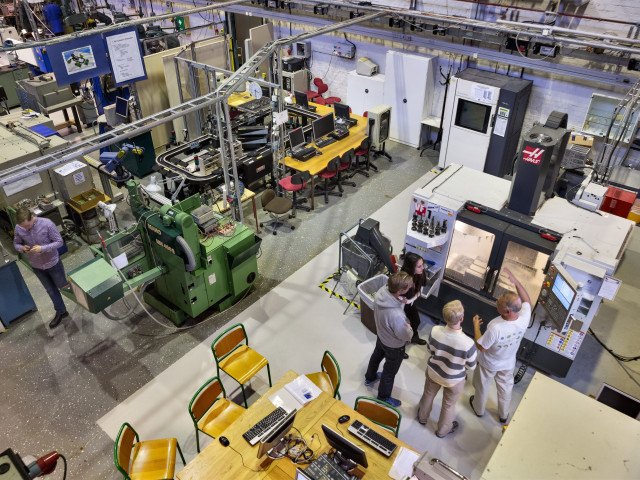• Background, development and relationship between ergonomics, human factors and patient safety.
• Humans cognitive and physical capacities, as individuals and in work.
• The systems view and sociotechnical systems.
• Risks in healthcare.
• Methods and tools for analysis, design and evaluation of work, work environment and products.
• Human factors and ergonomics concepts and terminology.
• Methods for risk analysis from a systems perspective.
• Patient safety concepts and terminology.
• Measures for increased safety in healthcare systems.
• Read and discuss scientific papers within the area of patient safety and worker safety.
By the end of the course each student should be able to:
• describe, exemplify and reflect on methods for applying knowledge about humans in the design, development and evaluation of medical technology.
• describe and discuss different approaches in analyses of incidents in complex systems.
• describe, exemplify and reflect on the main principles of system safety and how factors on different levels in the system can contribute to patient safety and the safety of the healthcare personnel.
• describe, exemplify and explain how organizational issues and the work environment affects patient safety.
• describe, exemplify and reflect on how medical technology affects the work environment and patient safety.
• describe, exemplify and reflect on how medical technology engineers actively can contribute to improve the work environment and patient safety in healthcare.
